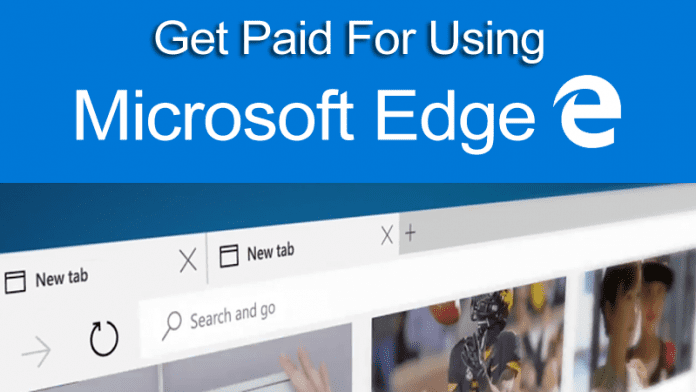

Defend Users Against TrickeryĪ web browser can help defend a user against trickery by identifying and blocking known tricks, and by using strong security protocols to ensure that you are talking to the web site you think you are talking to. Let’s explore how Microsoft Edge addresses these threats and is helping make the web a safer experience. These are threats faced by every browser.

This lets the attacker run their code on the victim’s computer, taking over first their browsing session, and perhaps ultimately the entire computer.

On the web, attackers present a victim’s browser with malformed content intended to exploit subtle flaws in your browser, or in various extensions your browser uses, such as video decoders. Hacking: in real life, a mugger might assault you and take your money, or a burglar might break into your home and steal your valuables.“got two 10s for a 5?” On the web, attackers will try to fool victims using things like “phishing” attacks that convince a user to enter their banking password into a web site that looks like their bank, but isn’t. Trickery: in real life, a “con man” will use tricks to take advantage of a victim, e.g.Thieves by nature don’t care about rules, and will use any means to take advantage of victims, most often using trickery or hacking: While the web is predominantly a safe environment, some sites are designed to steal money and personal information. This post covers some of the advanced technologies used to protect Microsoft Edge, including industry leading sandboxing, compiler, and memory management techniques developed in close partnership with Windows. We have designed Microsoft Edge to defend users from increasingly sophisticated and prevalent attacks. With Microsoft Edge, we want to fundamentally improve security over existing browsers and enable users to confidently experience the web from Windows.


 0 kommentar(er)
0 kommentar(er)
